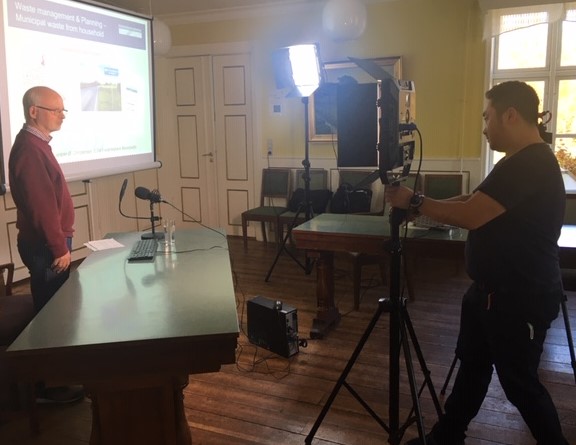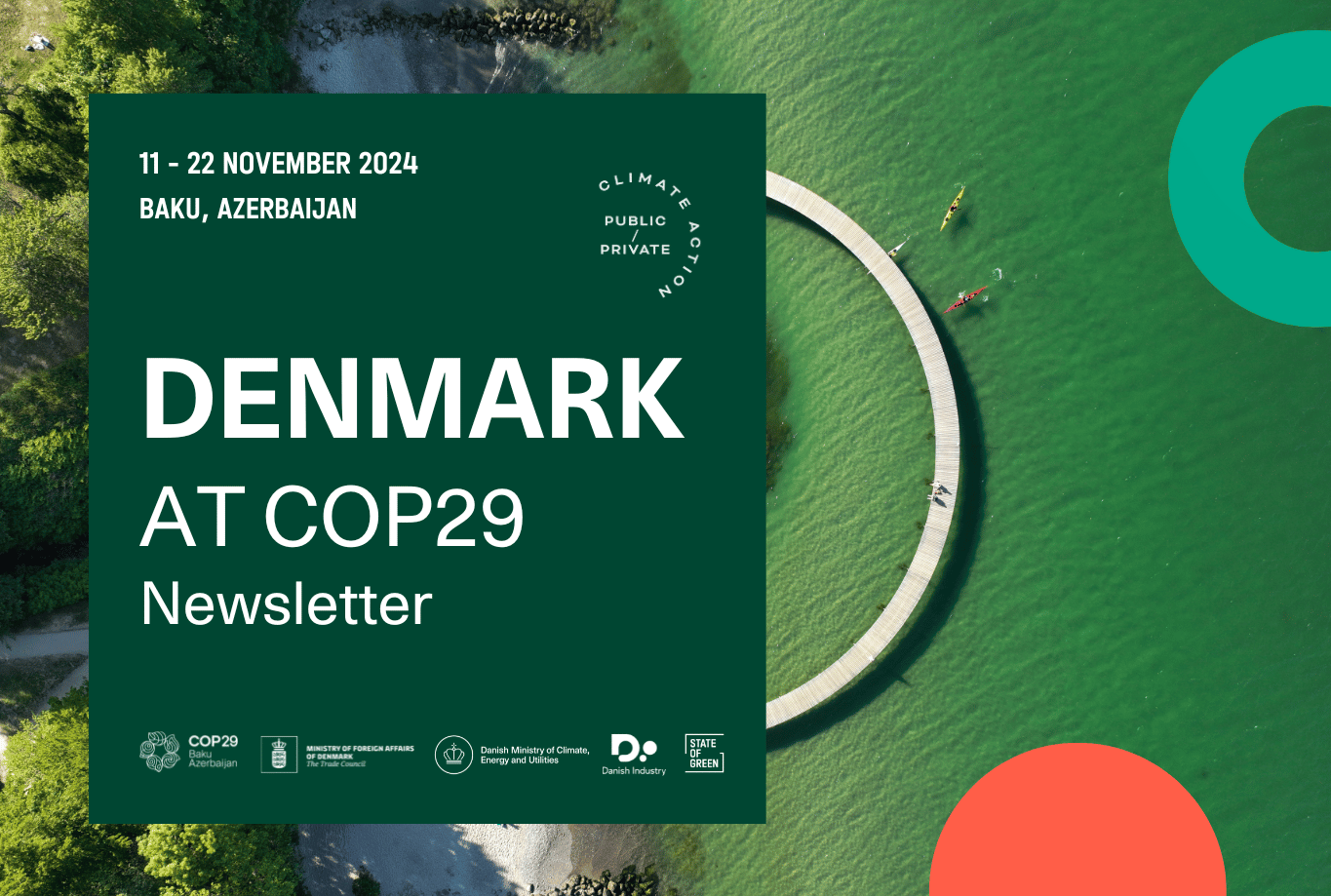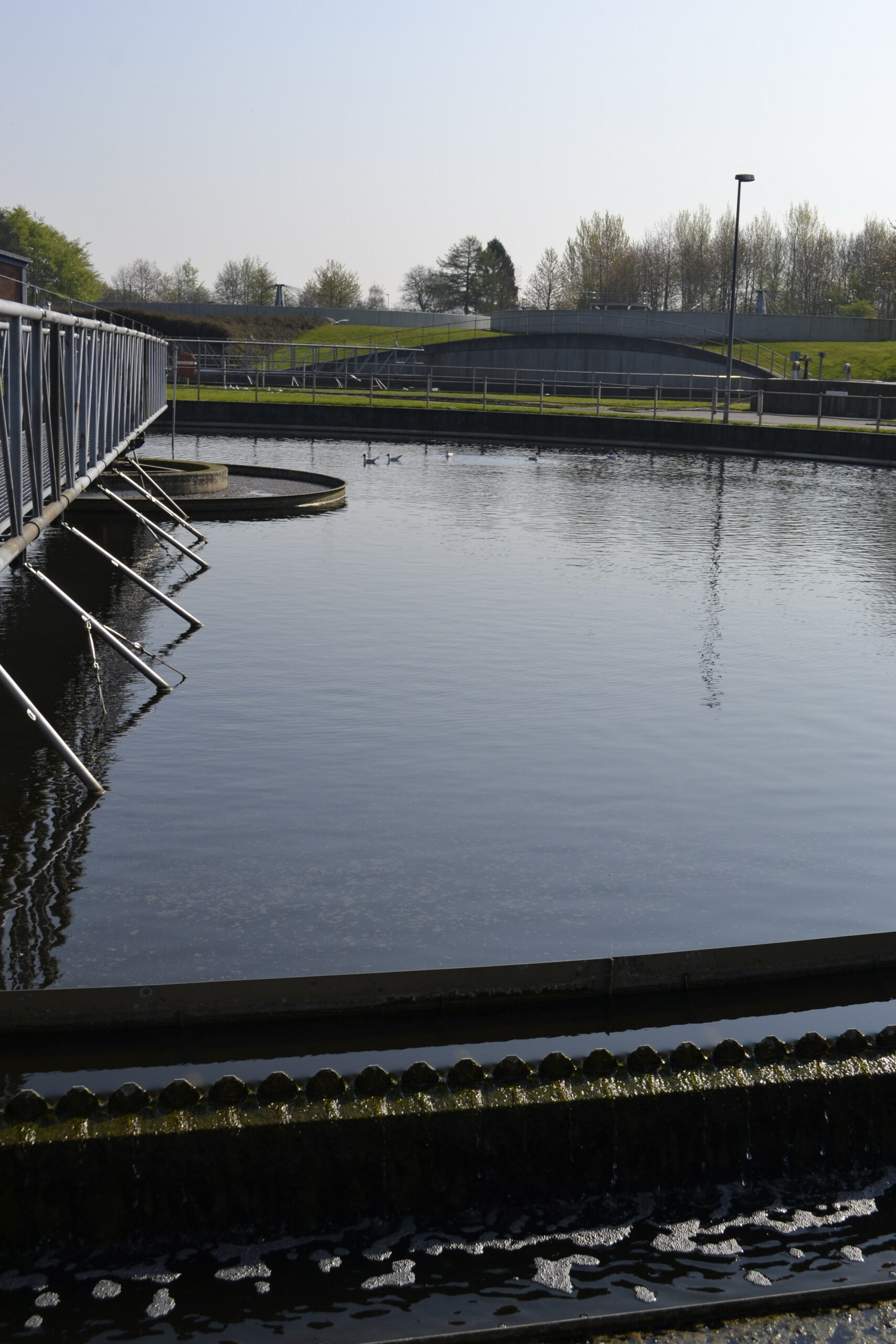News
China gets inspiration for climate ambitions from Frederikshavn, Denmark


The film's plot is not black magic - but green, and on the cast are both sustainable urban development, citizen involvement, waste sorting, energy renovation of municipal buildings and last but not least, a four-year-old dike. The climate protection from 2016 in Elling is a very concrete offer for a solution that is both ready to copy and use as an inspiration for the world's largest CO2 emitter China when they watch the footage from the northernmost part of Denmark. The film is educational material for Chinese officials, politicians, urban planners and governments, and the inspiration is urgent. China has signed the Paris Agreement, and are committed to break the emissions curve by 2030, but there are doubts whether they can achieve it. If it is to succeed, the Chinese not only need technical development, but solutions that are transferable directly. Such as the dike plant, which has kept Elling free from floods in four years. The same model can solve similar challenges in villages in China, says the project manager in Energibyen, Poul Rask Nielsen, who is one of the representatives from Frederikshavn Municipality, whom the Chinese film team interviews for the film:
"The dike is a well-thought-out and concrete installation that can be used tomorrow to solve the challenge of floods in China. But to meet China's climate ambitions, there is a need to be inspired by research and innovation, because the country is both the world's largest coal consumer and coal producer, so when it comes to cutting coal use, it also means job losses. .
In this municipality, we have a large number of tools that we can account for that work to reduce the social consequences of the green transition, and the Chinese need to implement them. At the same time, the film is a platform for us to market a number of local companies and get the opportunity to show their products, services and solutions in front of the world's largest export market. So all in all, we are satisfied with participating and sharing our experiences for the benefit of the global CO2 reduction,” says Poul Rask Nielsen.
The Chinese film team chose Frederikshavn, because for a number of years it has worked at the local level to help solve the global challenges in energy and climate. At the same time, Energibyen Frederikshavn has worked with the commercial part of the green transition, so it succeeds with a focus on the jobs of the future.
Facts about the solution in Elling: The several hundred meter long dike in Elling is built with one-way valves so that rainwater can flow into the river, while the river water can’t seep the opposite way. Several places, dampers have been installed that can lead the water into new water basins, and from two pumping points the water from here can be pumped back into the river at a suitable time when the water level is low again. The dike was built in 2016 - after Elling Å flooded the city in 2014.
You should consider reading
Perspective
Resource recovery from wastewater
+1















